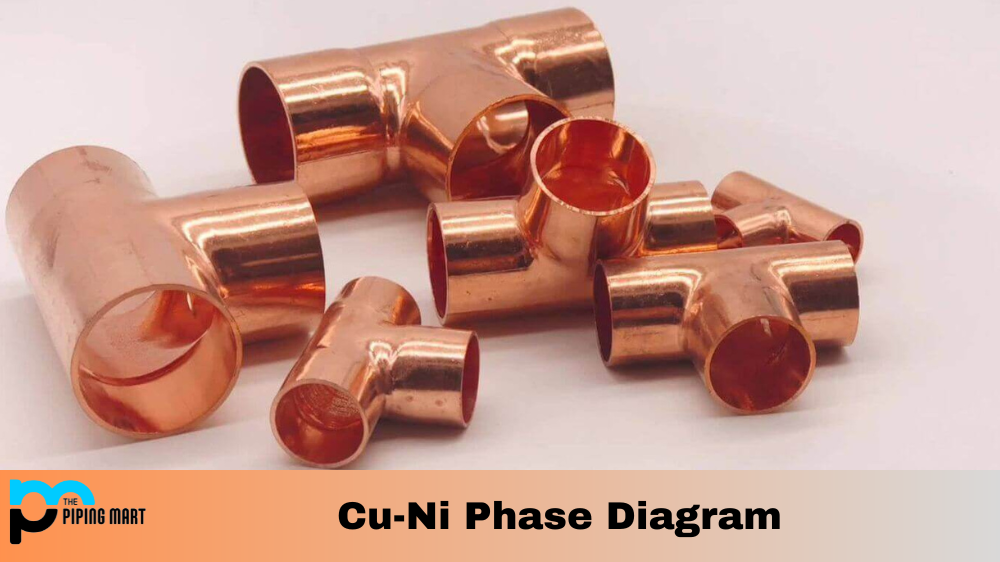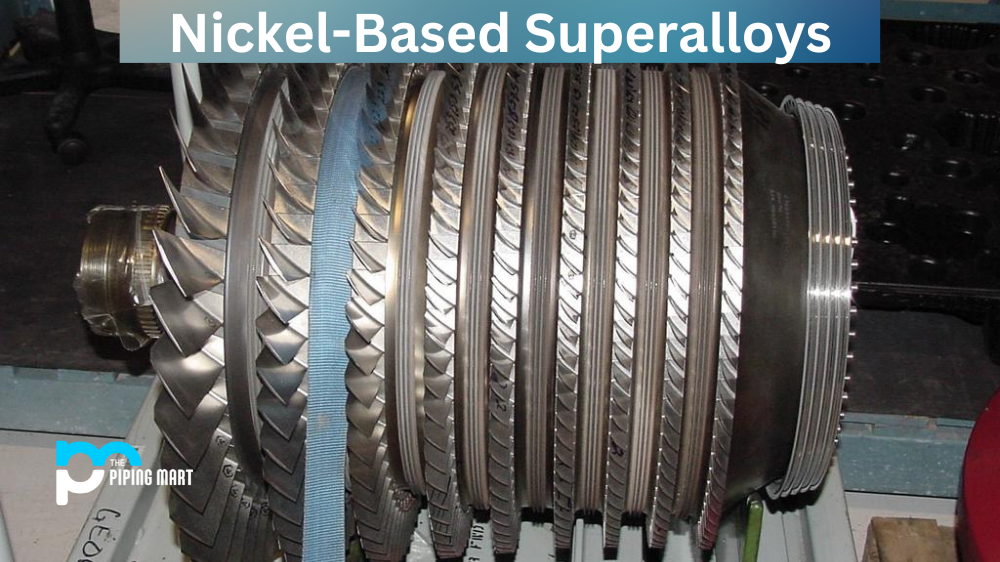Steel is widely used in construction, automotive, and manufacturing industries. A1008 and A1011 are two-grade steel alloys commonly used for sheet metal applications. Are you curious about the differences between these two? This blog looks at a1008 vs a1011 steel and discusses their similarities, differences, applications, and properties.
What is A1008?
A1008 is cold-rolled steel and one of the most common low-carbon steel grades. It’s smooth surface and high formability make it ideal for applications requiring tight tolerances and good finishing. A1008 steel is also easily weldable. It has moderate strength, good ductility, and excellent corrosion resistance. It is often used in automotive, HVAC systems, construction materials, and appliances.
What is A1011?
On the other hand, A1011 grade steel is hot-rolled steel with a rough surface finish, making it a less appealing material for applications that require a smooth finish. However, A1011 steel is more rigid and more durable than A1008 steel. It has higher strength, better formability, and withstand temperatures higher than A1008 steel. A1011 steel is ideal for applications requiring sturdy material, such as agricultural equipment, construction equipment, and truck frames.
Differences Between A1008 and A1011 Steel
Mechanical Properties
When comparing a1008 vs a1011 steel, it’s important to note their mechanical properties. A1008 steel has a minimum yield strength of 170 MPa, while A1011 steel has a minimum yield strength of 240 MPa. A1008 steel has a tensile strength of 410 MPa, while A1011 steel, which is more robust, has a tensile strength of 485 MPa. Considering these mechanical properties when selecting a steel grade for a specific application is essential.
Composition
Another factor in comparing a1008 and a1011 steel is their chemical composition. A1008 steel has a maximum of 0.10% carbon content, and A1011 steel has a maximum of 0.14% carbon content. A1008 steel also has lower manganese, phosphorus, and sulfur content, which makes it less prone to brittleness and cracking during welding or forming. A1011 steel has a higher carbon content, which provides more strength and hardness.
Applications
Due to their different compositions, A1008 and A1011 are typically used for other applications. A1008 is often used for roofing and siding due to its higher strength-to-weight ratio. Meanwhile, A1011 is often used for structural steel applications because it is less corrosion-resistant.
Cost
Another difference between A1008 and A1011 is their cost. Because it is more corrosion-resistant, A1011 typically costs more than A1008.
Conclusion
In summary, A1008 and A1011 are two different grades of steel used for other applications. A1008 steel has a smooth surface and high formability, making it ideal for applications that require tight tolerances and good finishing. A1011 steel is more rigid and durable, making it suitable for applications requiring a sturdy material. It’s essential to consider each grade’s mechanical properties and chemical composition when selecting steel for specific applications. Understanding the differences between a1008 vs a1011 steel can help you make an informed decision and ensure the success of your project.

Meet Bhavesh, a seasoned blogger with a wealth of knowledge and experience. From metal products manufacturing to retail, Bhavesh has a diverse background in various industries and is dedicated to sharing his insights and expertise with readers.




